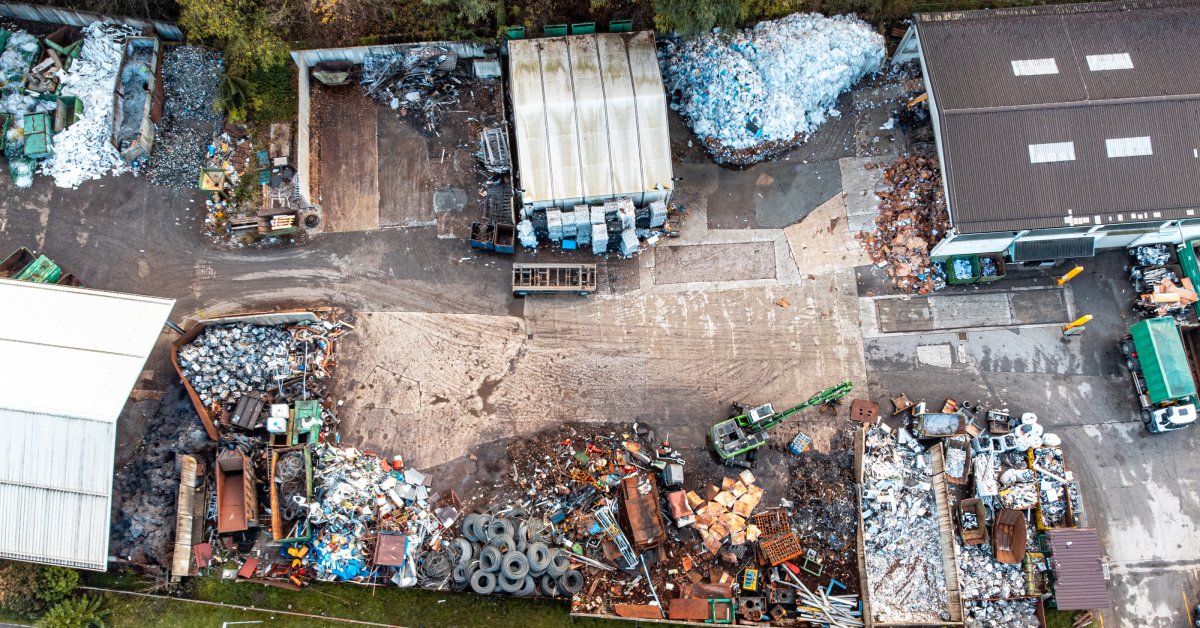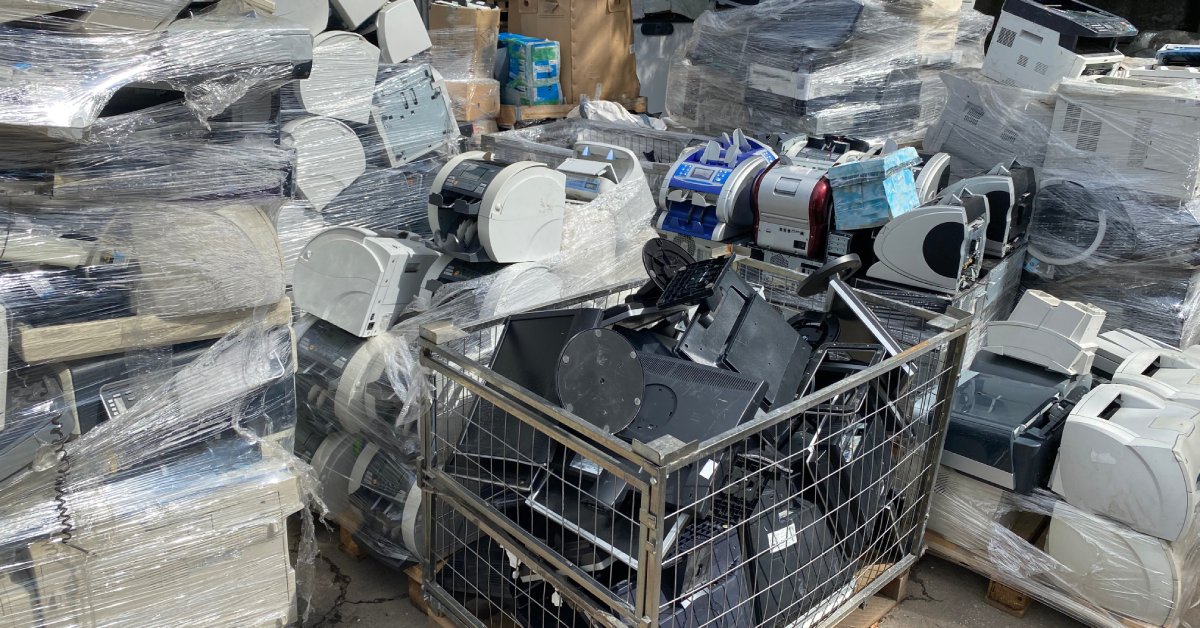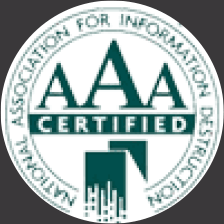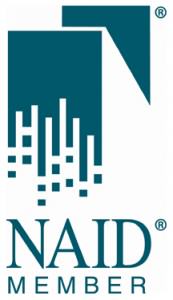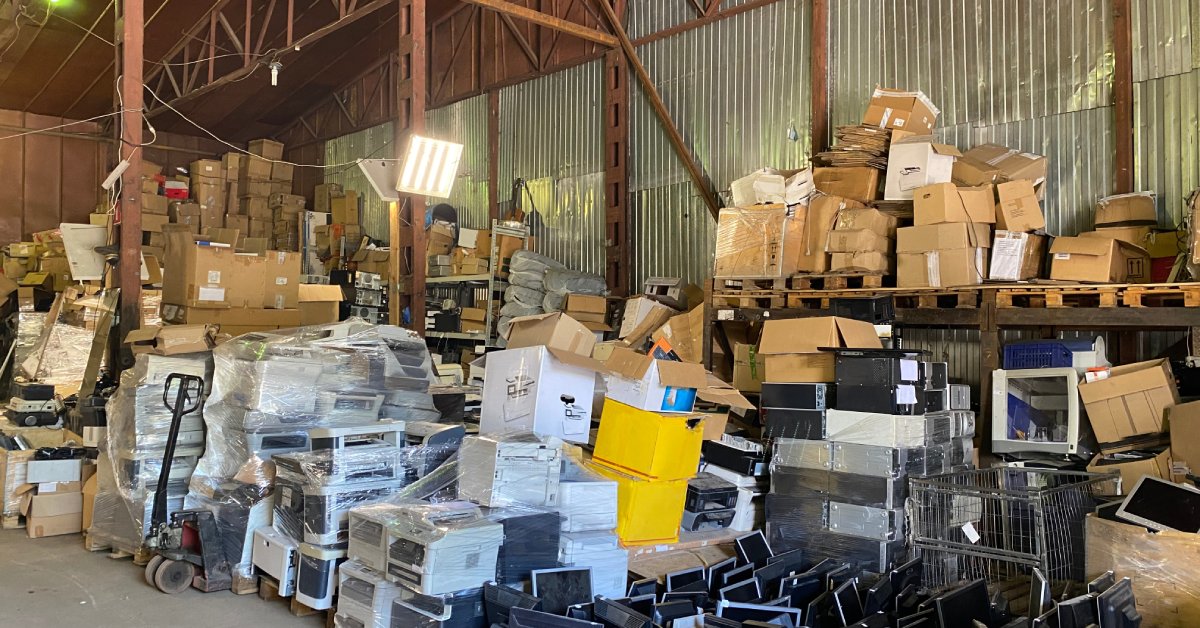
Every year, businesses across many industries find themselves facing the need to destroy products for a variety of reasons. While the process of product destruction may seem straightforward, there are significant legal, environmental, and procedural considerations that companies must address to remain compliant and mitigate risks.
This blog explores the essential legal considerations for product destruction, including key things to know for successful execution. By the end, you’ll have the tools to address product destruction with confidence.
Why Do Businesses Destroy Products?
Product destruction serves a critical role in maintaining product integrity, protecting consumers, and upholding a brand’s reputation. But why exactly do businesses need to destroy products? Here are some reasons why a company might decide to employ a product destruction service.
Product Recalls
When products pose safety risks to consumers, businesses often initiate recalls. Whether it’s contaminated food, faulty electronics, or poorly manufactured car parts, destruction is frequently necessary to prevent these items from re-entering the market.
Counterfeit or Unauthorized Products
Counterfeit items, knockoffs, or unauthorized products can harm customer trust and tarnish a brand’s image. Destroying these items ensures they are permanently removed from circulation.
Obsolete or Expired Inventory
For industries like pharmaceuticals, food and beverage, and cosmetics, expiration dates are critical to maintaining safety standards. Destroying obsolete or expired inventory prevents unsafe use and opens space for updated stock.
Defective Goods
Products with manufacturing defects can jeopardize the customer experience and lead to legal consequences for a business. Destruction of these items helps maintain brand reputation and consumer safety.
How Products Are Destroyed
There are a variety of methods businesses can employ to make sure products are destroyed properly. No matter which approach you take, it’s essential to confirm that the items are disposed of in accordance with local laws and regulations. The most common destruction methods include:
- Shredding: This is commonly used for paper-based materials or items made of soft materials, ensuring they are unrecognizable and unusable.
- Incineration: This option is effective for destroying various types of waste, particularly hazardous materials, by burning them at high temperatures.
- Chemical treatment: This method is suitable for pharmaceuticals and other chemical-based products, breaking them down into non-harmful substances.
- Compaction or crushing: These options are used to destroy hard goods, such as electronics or machinery, by compressing or breaking them into pieces.
- Recycling: If a product can be safely repurposed without risk, recycling is a responsible and sustainable option.
- Biodegradation: This is particularly useful for organic products, allowing them to decompose naturally under controlled conditions.
The Legal Framework for Product Destruction
Product destruction operates within a complex legal landscape designed to maintain consumer safety and regulatory compliance. Businesses must stay informed about relevant laws to avoid severe penalties.
Consumer Safety Regulations
Some countries, such as the United States, enforce consumer protection laws that require businesses to destroy products identified as hazardous to the public. An example is the Consumer Product Safety Act (CPSA) in the US, which governs recalls and safe destruction of defective consumer goods.
Anti-Counterfeiting Laws
Counterfeit products can damage brand value and consumer trust. Legal frameworks, such as the Trademark Counterfeiting Act in the US, impose strict rules for the containment and destruction of counterfeit goods to prevent further misuse.
Confidentiality of Trade Secrets
Certain industries, like technology and healthcare, handle products that involve sensitive intellectual property. Their destruction must align with confidentiality laws to prevent leaks or breaches. Failing to adhere to these legal requirements can lead to lawsuits, expensive fines, and reputational damage.
Environmental Regulations
Environmental impact is a growing concern when it comes to product destruction. Companies must address how their processes align with local and international environmental regulations. Improper destruction methods, like incineration without emission controls, can result in significant penalties.
Some environmental standards include complying with waste management systems, such as the EPA (Environmental Protection Agency) guidelines in the US, and adhering to the Basel Convention, which regulates hazardous waste disposal worldwide. Companies must also evaluate whether products fall under hazardous or non-hazardous waste categories to ensure safe and eco-friendly disposal practices. Partnering with destruction providers offering sustainable methods like recycling or waste-to-energy processing allows businesses to balance legal compliance with sustainability.
The Role of Documentation in Product Destruction
Maintaining thorough and accurate records is critical for product destruction, ensuring transparency and accountability throughout the process. These records include certificates of destruction (CODs) from third-party providers, detailed logs of items destroyed, and supporting documentation for transportation and handling of hazardous materials.
Regulatory agencies may require proof that the product destruction followed proper procedures, and documentation serves as evidence in the case of disputes or audits, demonstrating that the business acted responsibly. Detailed records also reduce the risk of any destroyed products being fraudulently reintroduced into the market.
Best Practices for Compliance and Risk Reduction
Navigating product destruction requires a balance of thorough planning and adherence to guidelines. Here are some best practices to make the process seamless:
- Stay up to date on regulations: Since laws and environmental policies can differ by region and industry, assign a compliance officer or enlist legal counsel to stay current on requirements.
- Classify products accurately: Determine whether your product qualifies as general waste, hazardous waste, or confidential material requiring specific destruction methods.
- Audit your destruction provider: If you’re outsourcing product destruction, vet potential providers. Look for certifications that reflect legal compliance and sustainable practices.
- Invest in employee training: Make sure employees across relevant departments understand the handling, documentation, and disposal requirements for sensitive or expired products.
- Consider sustainable methods: Where possible, prioritize eco-friendly destruction alternatives, such as recycling, upcycling, or converting waste into energy.
- Use technology: Leverage tools for process tracking and digital documentation to maintain real-time accountability.
Choosing a Reliable Product Destruction Partner
For many businesses, outsourcing product destruction services to a professional third-party provider simplifies the process and ensures compliance. However, choosing the right partner is essential. Collaborating with a qualified provider can save time, mitigate risks, and preserve brand reputation by making sure the job is done efficiently and securely.
When searching for a product destruction partner, be sure to verify their compliance with legal and environmental standards by checking for certifications and accreditations. You should also look for providers that offer GPS tracking, live updates, and certificates of destruction. Every business is different, so be sure to find a provider that tailors their services based on your industry-specific needs.
Creating a Risk-Free Framework for Product Destruction
For businesses of all types, product destruction is a matter of legal compliance, consumer safety, and environmental responsibility. They can minimize risks by understanding the relevant legal frameworks, adhering to environmental standards, and properly documenting the destruction processes. With these legal considerations for product destruction, companies can preserve their brands while safeguarding consumers and the planet.
Is your business in need of reliable product destruction services? At Intellishred, we pride ourselves on our ability to reduce your overhead while maintaining legal compliance. Reach out to our team today to learn more.



